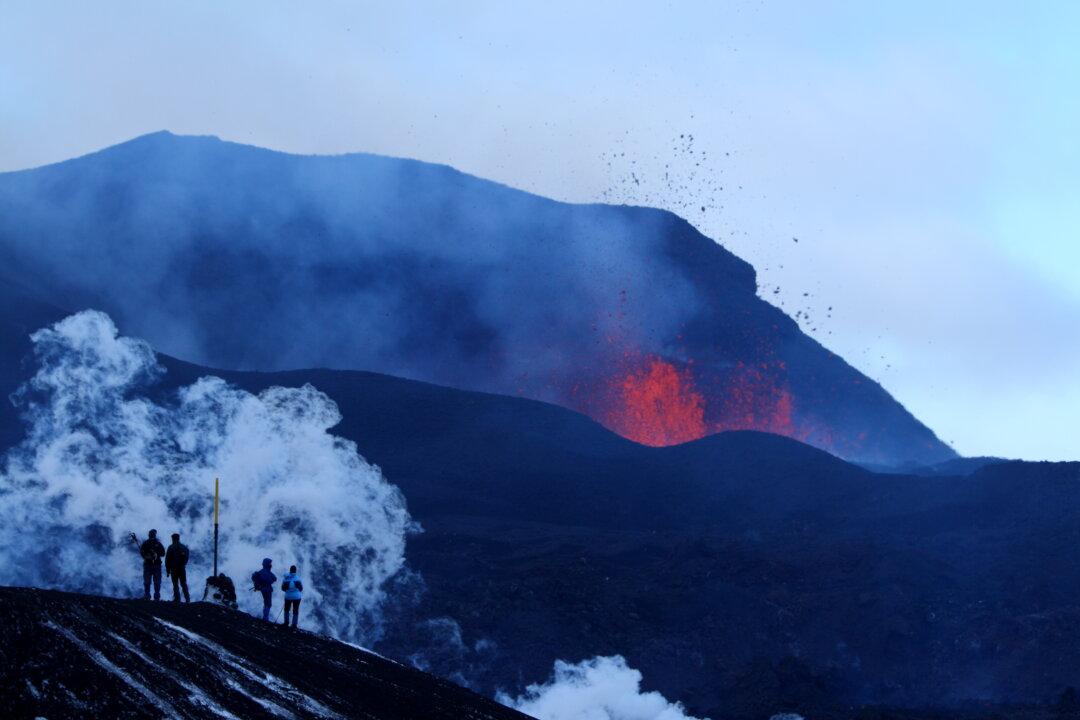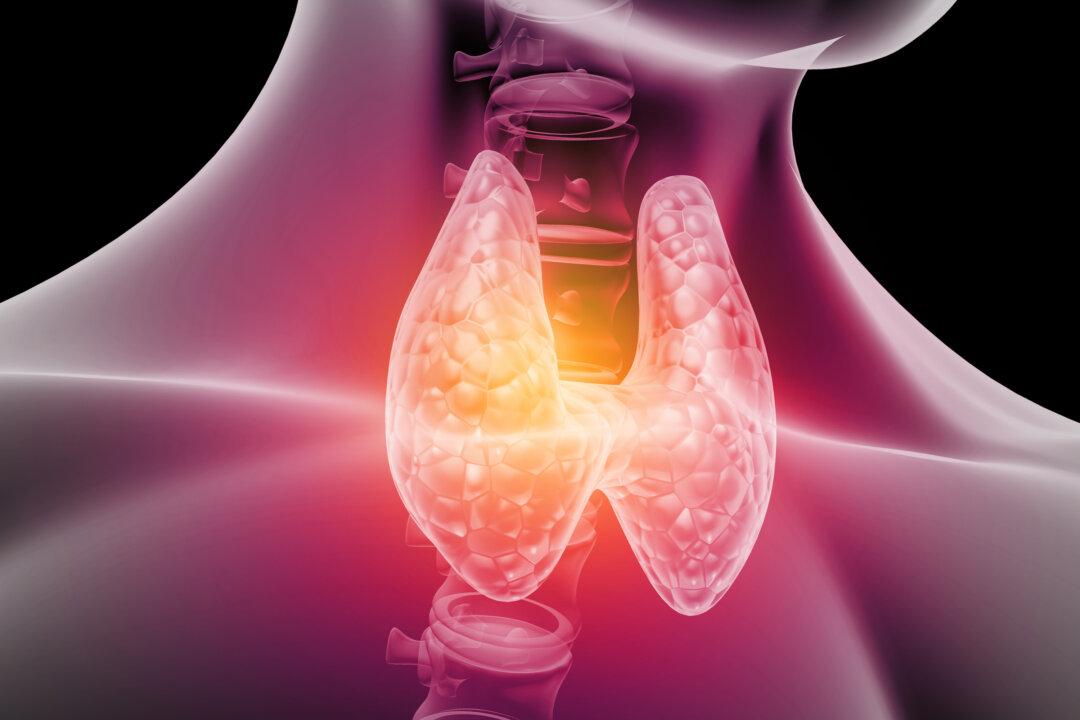Giant volcanic supereruptions that spew magma across large areas of a continent haven’t occurred in human history, but they remain a possibility. A new “geobarometer” helps understand how supereruptions could happen.
To understand when and why volcanoes erupt, scientists study the rocks left behind by past eruptions. A method called geobarometry uses the composition of volcanic rocks to estimate the pressure and depth at which molten magma was stored just before it erupted.
A method called geobarometry uses the composition of volcanic rocks to estimate the pressure and depth at which molten magma was stored just before it erupted.




